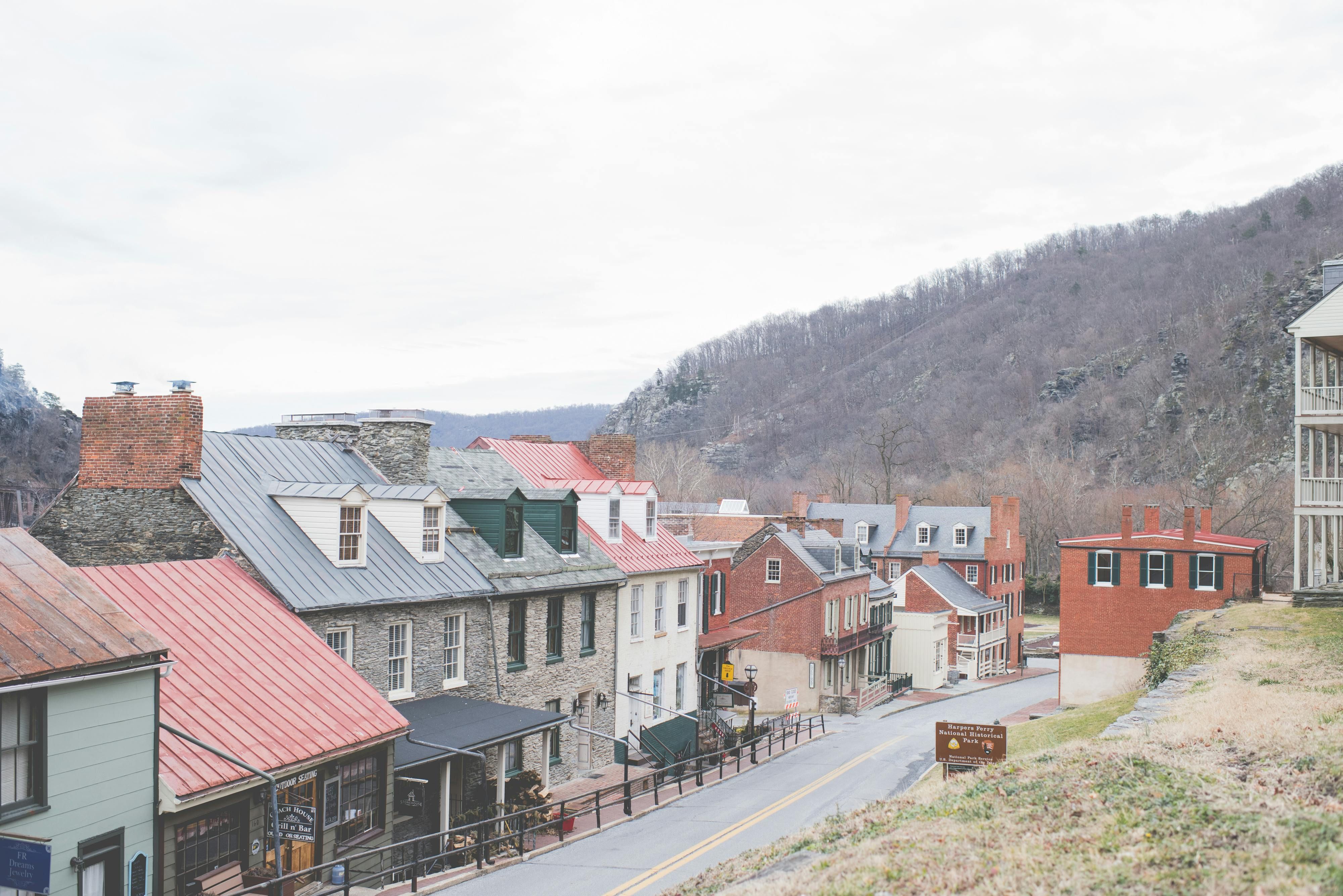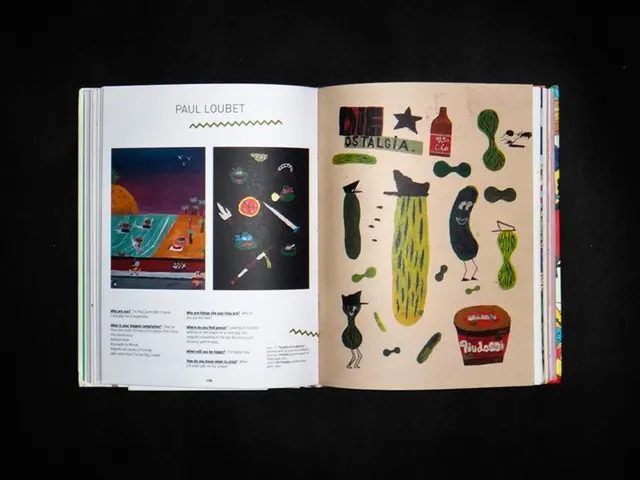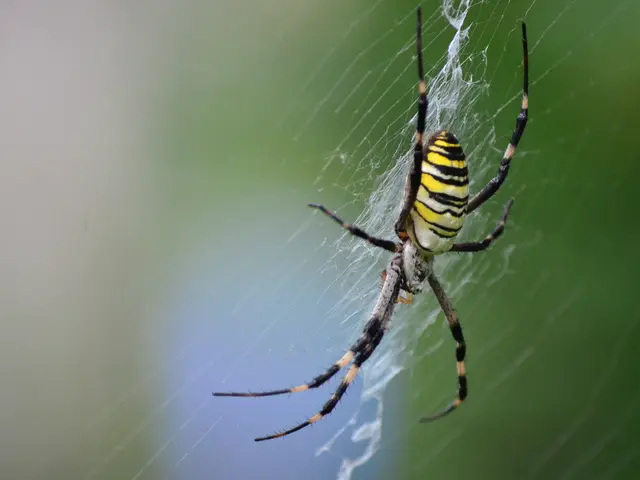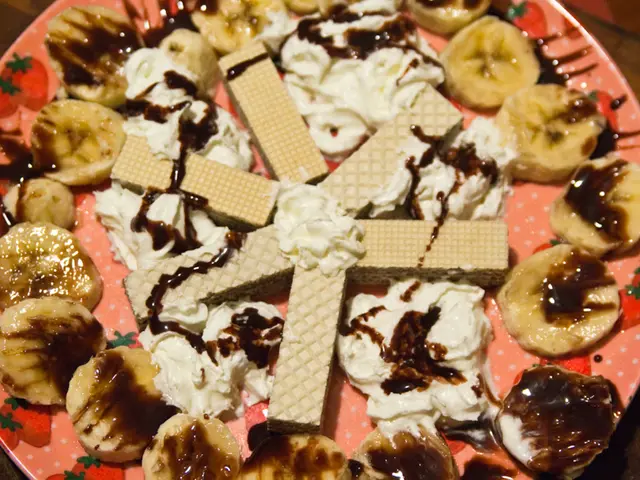8 Items That Can Safely Be Disinfected Using Bleach
Clearing up Stereotypes about Bleach: A Quick Guide
Let's debunk some myths about bleach - that powerful household cleaner we often try to steer clear of! Yes, bleach can cause damage to certain materials, but remember, it's safe to use in moderation! Here are eight areas around your home where it's perfectly safe to use a diluted bleach solution to clean, brighten, and sanitize your living space.
To make sure your home stays fresh and clean, there are a few essential guidelines to follow when using bleach: never mix it with other chemical cleaners, and ensure the area is well ventilated.
Tackling Mold and Mildew
As soon as you spot mold or mildew in your home, it's time to get rid of it for health concerns. Bleach, given its powerful properties, makes an ideal cleaner for the job, especially when the mold or mildew is on non-porous surfaces like sinks, tiles, glass, or bathtubs.
Cleaning Trash Cans & Compost Bins
Trash cans and compost bins are excellent areas to clean with bleach to eradicate all the bacteria that lurks around. These areas often harbor mold and germs, so it's essential to give them a thorough and frequent disinfecting clean.
Maintaining White Clothes
Although bleach can sometimes be a notorious agent to avoid for clothes due to its tendency to discolor fabric, it's actually safe for white garments! Bleach can effectively clean and brighten white clothes, but use only the recommended amount: 3/4 cup for a standard load and 1 1/4 cup for large or heavily soiled loads.
Keeping Sealed or Glazed Countertops Spotless
Bleach might seem too harsh for your countertops, but if they're sealed or glazed, it's perfectly fine to use! Sealed or glazed granite and ceramic tile are durable enough to handle a diluted bleach solution. It will sanitize your surfaces without damaging the material or making them hazardous.
Sanitizing Gardening Tools
Gardening tools can be great home items to clean with bleach, as it effectively prevents the spread of diseases from infected plants. However, be mindful that bleach can be corrosive towards certain metals, so mix the bleach with water before soaking your tools.
Brightening White Porcelain Items
White porcelain is safe to clean with bleach, since it's non-porous and can handle the cleaning and brightening agents in bleach. Bleach is ideal for removing stains and making your white porcelain items look brand new.
Cleaning Outdoor Furniture
Plastic outdoor furniture is an excellent candidate for cleaning with a diluted bleach mixture. Use the solution to remove stains and brighten your backyard pieces. If you have plastic cushions, you can use a spray bottle to clean them as well.
Cleaning Non-Porous Surfaces
Non-porous materials, including plastic, white porcelain, and glass, aren't the only surfaces that can handle bleach. You can also use bleach to clean and sanitize stainless steel, vinyl flooring, shower curtains, and tiles.
A Final Word of Caution:While bleach can clean, brighten, and sanitize many areas in your home, it's essential to exercise caution when using it. Never mix it with other chemical cleaners, and ensure the area is well ventilated. Additionally, avoid using bleach with certain substances, such as vinegar, ammonia, rubbing alcohol, hydrogen peroxide, urine-containing surfaces, or any acid-based cleaners to prevent harmful chemical reactions. Happy cleaning!
- For health reasons, it's wise to eliminate mold or mildew from your home using a diluted bleach solution, especially on non-porous surfaces like sinks, tiles, glass, or bathtubs.
- In an effort to eradicate bacteria in trash cans and compost bins, consider using a bleach solution for thorough and frequent disinfecting.
- Contrary to popular belief, bleach can effectively clean and brighten white clothes when used according to the recommended amount.
- For a spotless appearance, sealed or glazed countertops can handle a diluted bleach solution, providing they're not porous and prone to damage.





